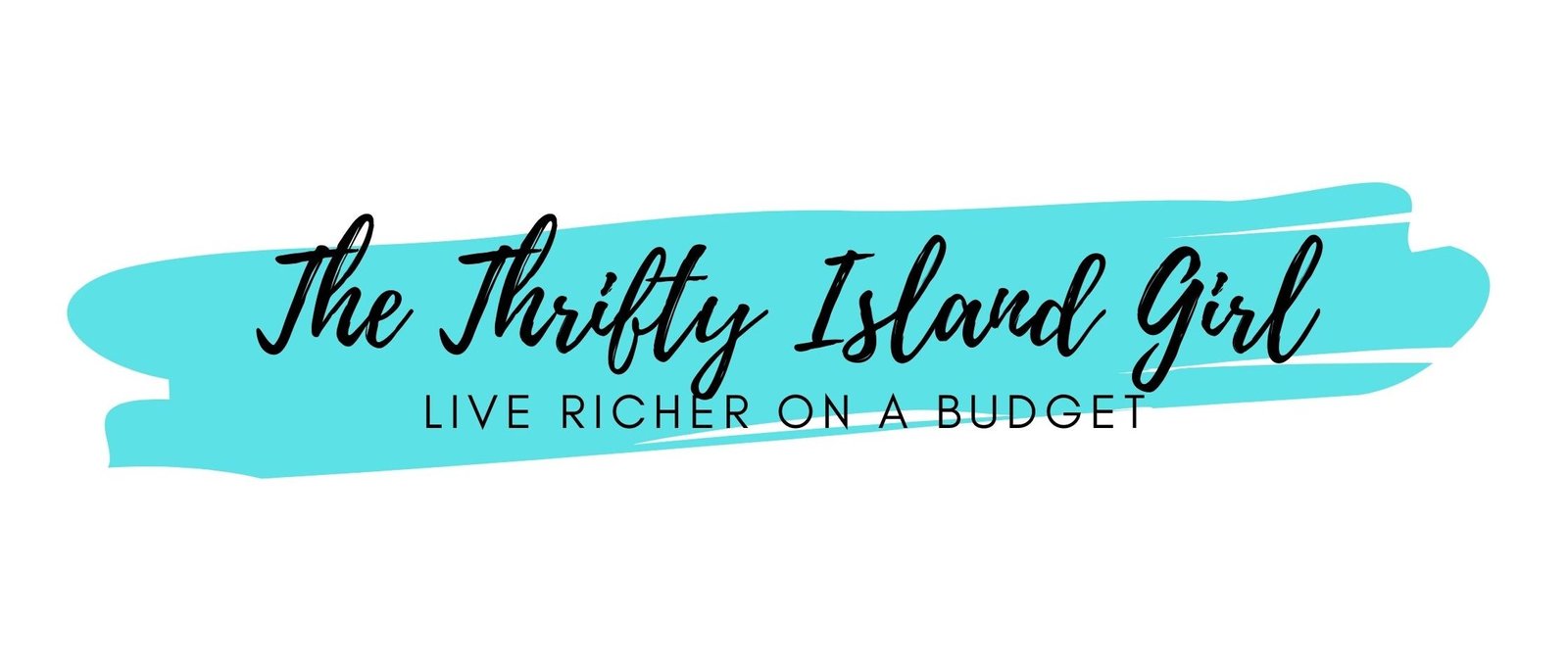Foraging guide: Free foods from the wild

What is foraging
Foraging is the act of searching, identifying and gathering wild food such as herbs, fruits, plants, mushrooms and nuts for free for personal use. The past few years foraging has gained a bit more popularity and many of us have some lovely memories picking blackberries with the family to make jams or baked goods.
Thankfully here in the UK we’ve been blessed with an extensive range of edible fruits, funguses and plants around us. These wild edibles can be found in forests but are not limited to the woodlands. You may also find these plants in your local parks, pathways and even in your own garden! I’ve seen a fig tree in my local park, brambles with loads of blackberries in the forest and some road sides near fields. If you have advanced knowledge, you might find some edible mushrooms to whip us a gourmet meal.
Responsible foraging & UK foraging laws
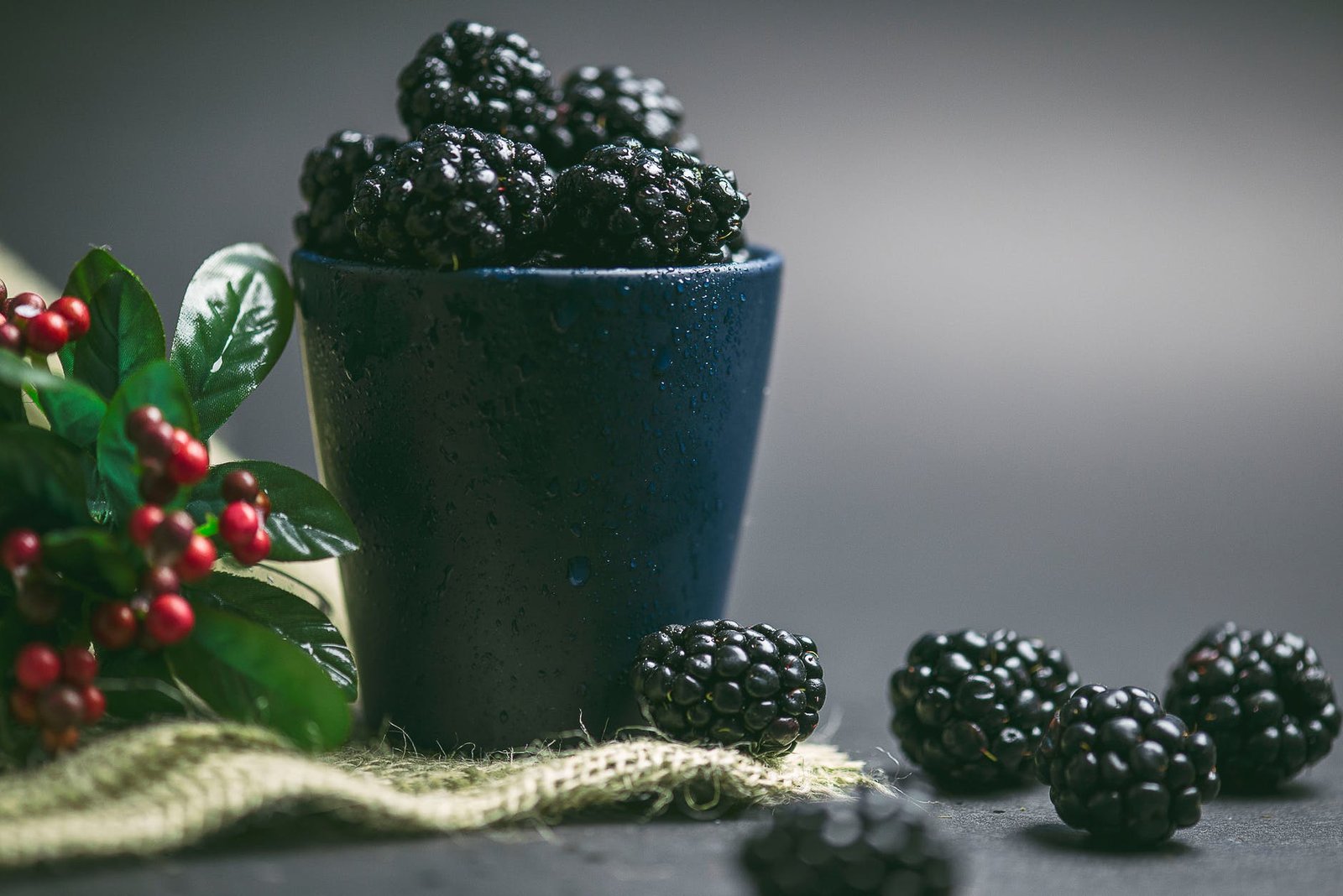
Only take as much as you can consume
When foraging for fruits, flowers, leaves or fungi make sure to only take as much as consume and leave enough for wildlife such as birds, squirrels etc to eat. This also allows wildlife to spread the seeds when consumed.This is vital for habitat conservation. Plus there may be there may also be others that are too into foraging.
Know what you are gathering
It’s vital that you are only picking wild plants, fruits and fungus that you are 100% sure that are edible. Some plants and mushrooms could be a deadly poisonous, inedible or a protected and rare. Mushrooms can be very difficult to identify, so it’s best to leave the mushroom if you’re not sure. There are some good foraging books out there such as the highly rated Edible and Medical Wild Plants of Britain and Ireland book by Robin Harford.
Leave rare species alone
Ancient woods contain many rare species which are protected by the Wildlife and Countryside Act 1981 and cannot be picked. If you’re not sure whether the plant or mushroom is rare, it’s best left alone. The current protected species that cannot be picked, uprooted, damaged or sold can be found on Schedule 8 of the Wildlife and Countryside Act 1981
The Theft Act 1968
The Theft Act 1968 for England and Wales states:
“A person who picks mushrooms growing wild on any land, or who picks flowers, fruit or foliage from a plant growing wild on any land, does not (although not in possession of the land) steal what he picks, unless he does it for reward or for sale or other commercial purpose.”
It also states: “For purposes of this subsection “mushroom” includes any fungus, and “plant” includes any shrub or tree.”
What you can forage for in May
Foraging in England and Wales in may:
Alexanders – Smyrnium olusatrum
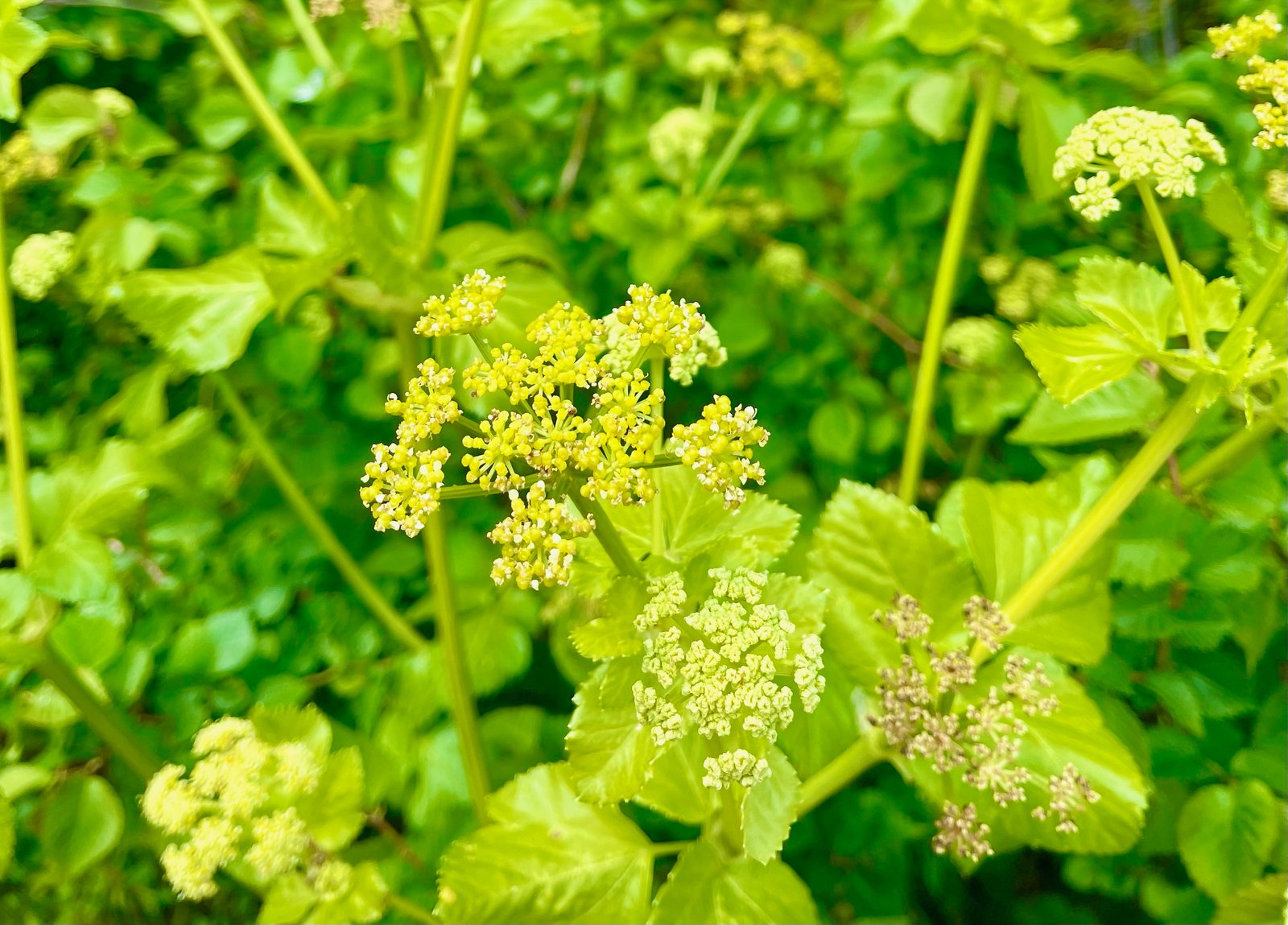
Horse parsley also known as Alexanders is biennial vegetable plant. The whole of the plant is edible, but most people who collect this prefer the flowers and leaf tips. It has a similar taste to parsley. The flowers and leaves can be added to salads. Alternatively steam or boil then season with salt and pepper.
If you live close to the coast south of England these are very common. Since I’m based on the Isle of Wight, I’ve seen this plant very often. I’ve taken the picture of the horse parsley during a walk around St Helen’s Common.
Wild garlic – Allium ursinum
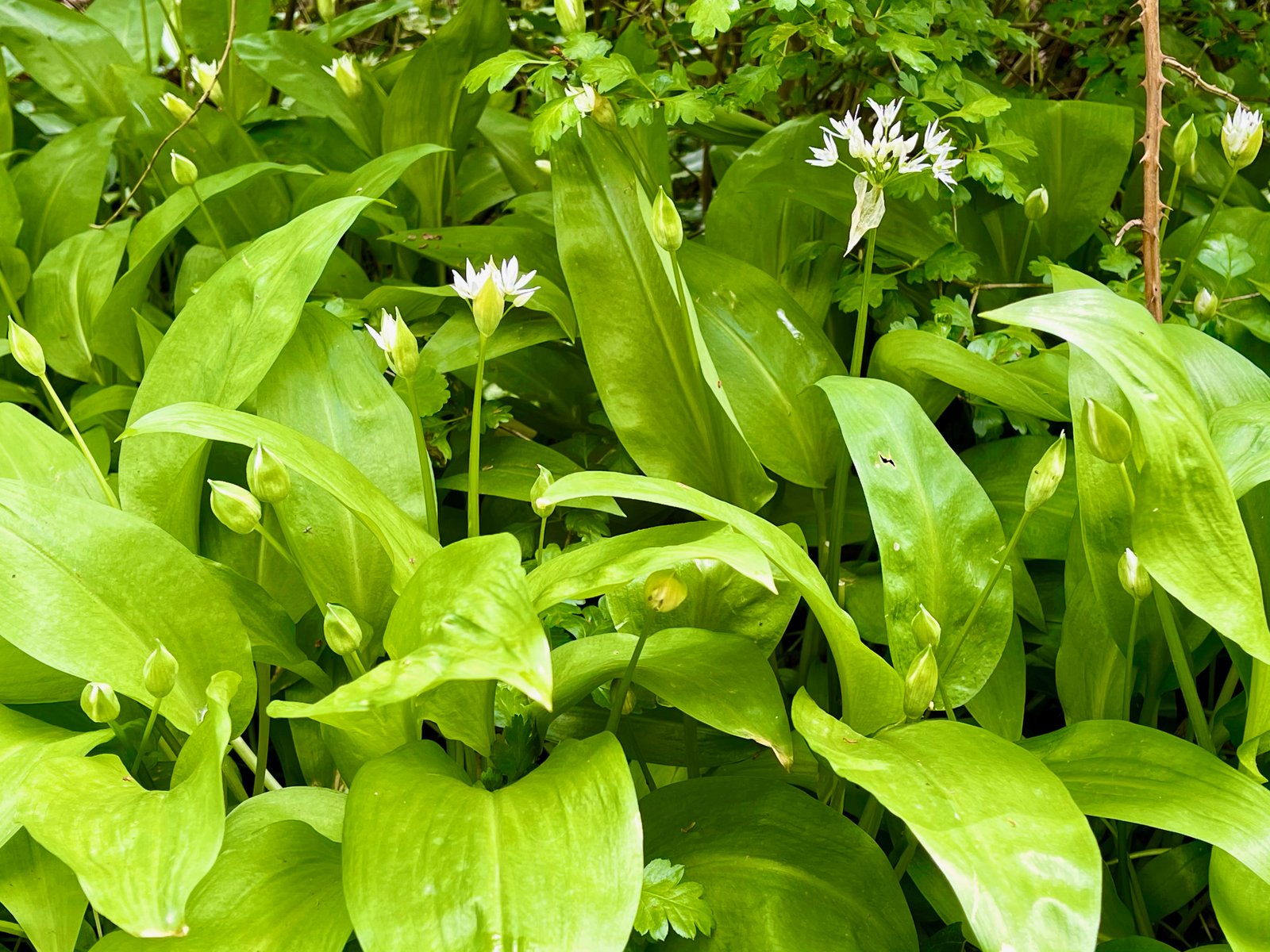
Wild Garlic is also known as bear leek and ramsons is an edible plant that emerges in March. This can be foraged from April to June. The edible leaves and flowers smell and taste like garlic and can be used in salads and sandwiches. Why not try making wild garlic pesto or add to your soups or omelettes.
Mallow – Malva sylvestris
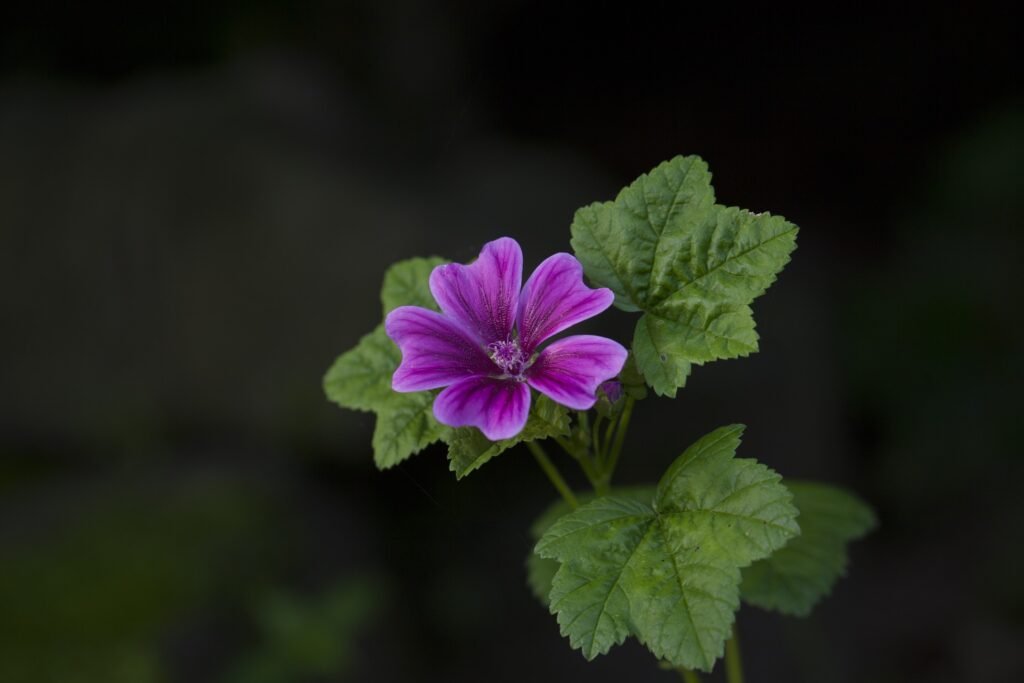
Though it’s unlikely that you’ll find a flowering Mallow, but it’s the perfect time to pick the leaves and stems of this edible plant. This plant is packed with Vitamin E, Vitamin C, magnesium, iron and copper and has many health benefits. A study reveled that mallow has been used in traditional medicine to treat inflammation, respiratory illnesses such as coughs and has antiaging benefits due to it’s potent antioxidant properties.
Herb Robert – Geranium robertianum
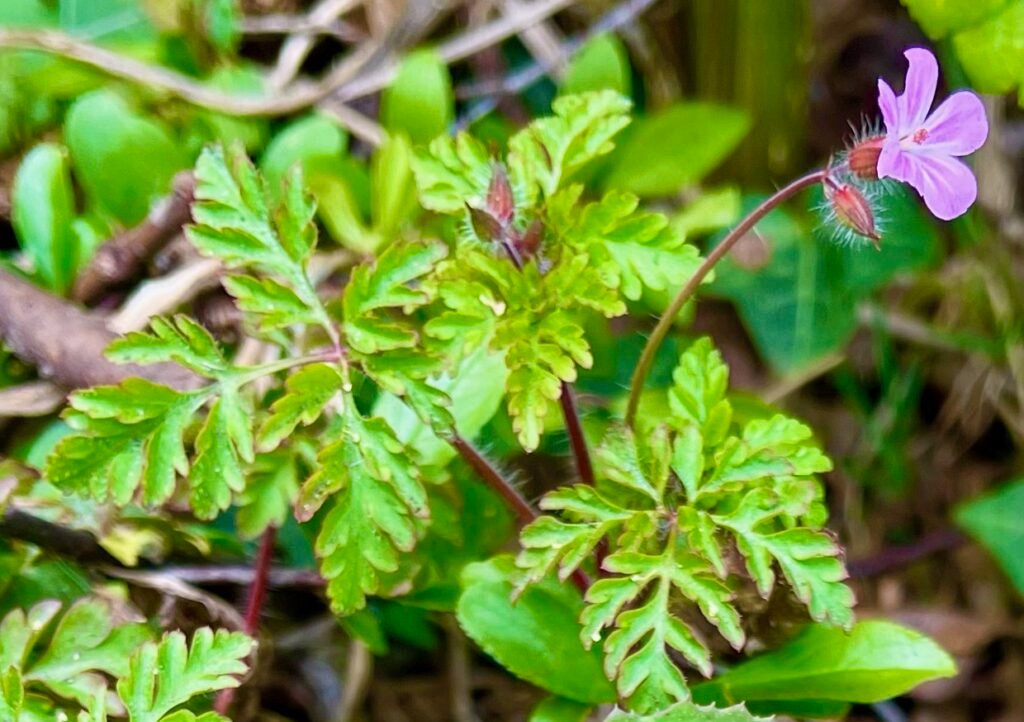
Herb Robert also known as Red Robin is an edible plant with distinctive pink flowers with an unpleasant foxy smell. It’s said that the smell is an effective insect repellant. If you don’t mind the smell and would like to use this as a natural insect repellent, pick the leaves and rub it on your skin. According to a study the beneficial properties of this medicinal plant include: anti-inflamatory, antimicrobial and antioxidant.
Red Clove – Trifolium pratense
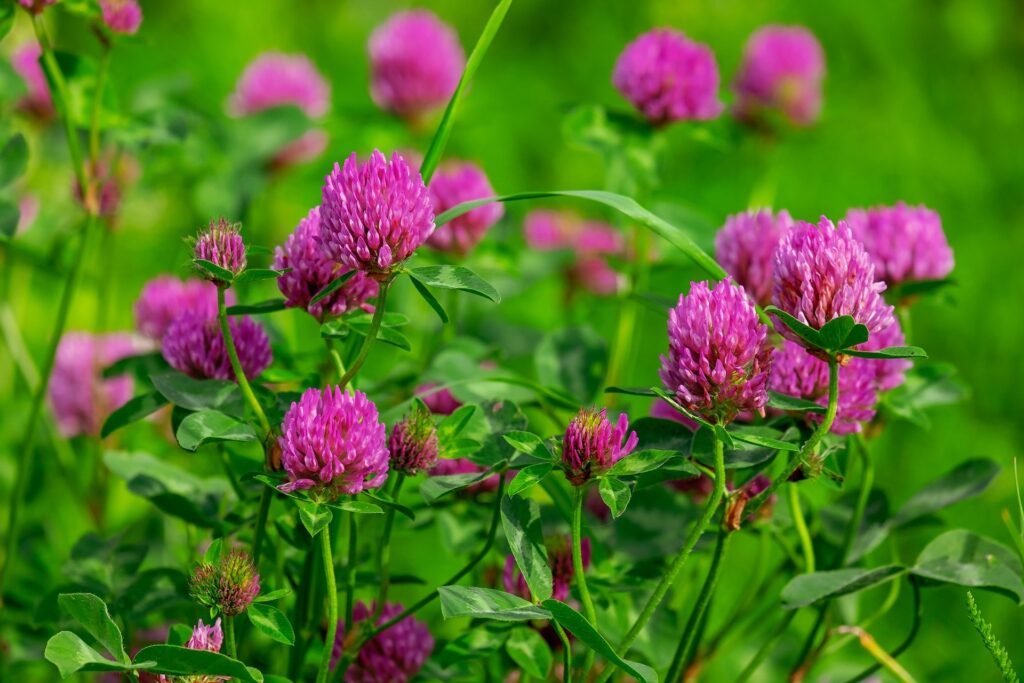
The Red Clover is a perennial plant with deep pink to purple flowers. Though the flowers and leaves are both edible, it’s usually the bright pink flowers people are foraging. The petals have a slight sweet taste and can be used on salads to add some colour. Though this is an edible plant, it is considered toxic when consumed excessively. Scientific evidence of health benefits include: reduces hypertension, lowers cholesterol and detoxifying.
I’d love to know what you like to forage during this month. Comment down below to share.
If you love freebies, check out my posts on how to get free drinking water and free food via apps.

